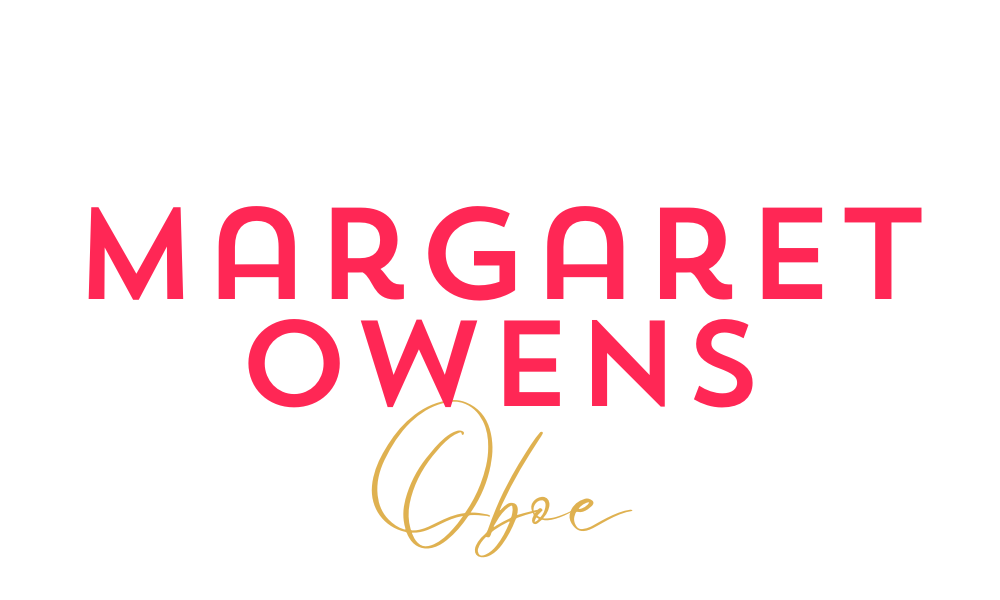Handshaping
Don’t be afraid to try shaping your own cane! It’s an important skill – and one that can teach you many things about the landscape of a reed. With handshaping, you can alter the proportions of a reed to suit your needs, before you even start scraping. Think of it this way: say you’re looking for the perfect placemats to suit your newly decorated dining room. You can go to a home goods store and find something pretty okay, designed by someone else, or you can go to the fabric store and choose from hundreds of options to create the exact placemats that will elevate the look of the dining room. And with reeds, you probably already have all the inexpensive equipment you need - unlike sewing, which requires buying a machine!
A lot of players are intimidated by the prospect of handshaping because it’s got more variables than using a shaper. Modern oboists are usually trained to look for symmetrical precision down to the hundredths of a millimeter, and there’s no way you’re going to get that with anything done by hand. The good news is, it just doesn’t matter to your finished baroque oboe reed.
This morning I shaped this piece of cane in my cold studio space, with freezing and fumbling fingers, and it’s pretty bad! The photo on the left shows the side closest to the measuring tape is fairly flat, and the top side is bowed out. On the right, you can see that the thing is crooked, leaning towards the left and off-center.
But, I tied it up anyway, and lo and behold, it looks fine. It’s sitting there next to a textbook-perfect blank and doesn’t show any signs of crookedness.
The two blanks look slightly different, but they are the same where it counts (for me): same width at the tip and at the throat, same length within an acceptable margin (fraction of a millimeter), etc. 



